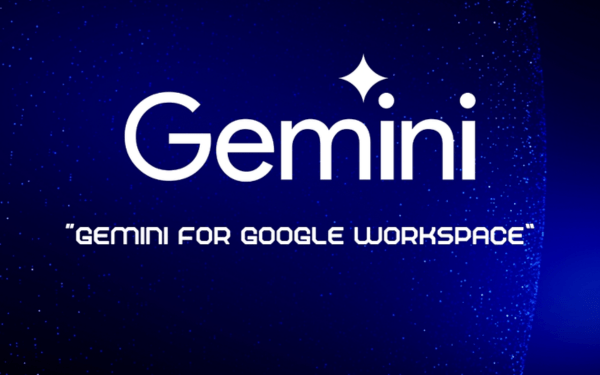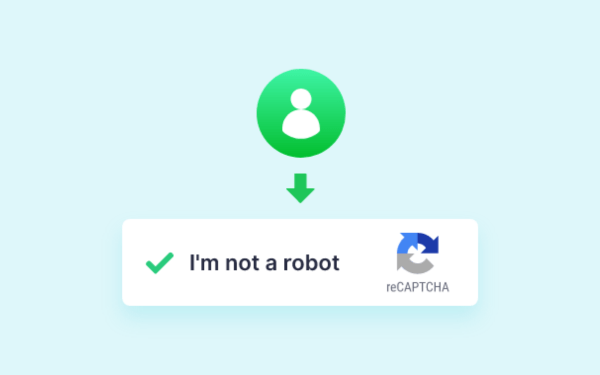Trong guồng quay công việc hàng ngày, chúng ta dành hàng giờ để soạn thảo…
Talking shop: 7 ways conversational AI agents open up possibilities for designers and developers
In the digital age, artificial intelligence (AI) is no longer a distant concept but has become a core driving force, reshaping the way we work and create. Especially for designers and programmers, grasping and applying advanced AI technologies not only helps optimize the process but also opens up new horizons for creativity. Amidst that wave of innovation, Google Conversational AI Agent (or Google AI Agent), part of the Google Customer Engagement AI Suite, has emerged as a breakthrough technology that allows machines to communicate with humans naturally and flexibly through language and voice.
The power of Google AI Agent goes far beyond the limits of traditional chatbots, offering huge potential to transform and optimize the workflow of technology professionals. From automating repetitive tasks to simulating and testing products, AI promises to be a powerful “assistant”, helping you free up time to focus on what really matters: creativity and innovation.
This article will explore in depth 7 ways conversational AI agents open up possibilities for designers and developers, designed specifically for the work of designers and programmers. Let's see how this technology can become an indispensable companion in your product development journey.
Talking shop: 7 ways conversational AI agents open up possibilities for designers and developers
1. Smarter search that understands you
Gone are the days of finding the perfect keyword. AI-driven search, or “conversational” search, understands natural language, interpreting full-phrase queries, user intent, and context. This means your users can search more naturally, like asking, "What's a good jacket for hiking in a rainy climate?" or "Show me red sneakers for under $100". AI can also intelligently rank and prioritize the most relevant products based on context, user history, and trends.
To help users find what you're looking for even faster, AI, such as Google Cloud’s Conversational Commerce agent, offers “predictive assistance”, suggesting completions as you type. When a query is ambiguous, the conversational AI agent can proactively ask clarifying questions. This reduces friction and improves product discovery.
2. Personalized recommendations
AI allows for a truly personalized shopping experience. It can suggest products based on users' past behavior, preferences, and interactions such as conversation history. For travel, imagine a user booking a flight. They might prefer the window seat, and an AI agent notices that an aisle seat has been assigned to their ticket. You can design an experience that notifies the user if a window seat is available, so they have the option to switch. However, it's important that the AI agent is transparent about why results are personalized, perhaps stating: "Recommended based on previous searches/bookings", and always clarifying that users have the ability to modify or reset their personalization options.
3. Seamless conversational interaction
Users are increasingly interested in interacting with AI in a conversational way, much like using tools such as Gemini and AI Mode. This allows designers to ask questions in natural language about product availability, differences between items, best store locations, and more. Enhanced conversational capabilities can even help designers adapt to users’ styles and offer tailored prompts.
For example, according to our research, end users have expressed a desire for an "agentic experience" that's more engaging. Asking clarifying questions when a query is ambiguous is a key part of this interaction.
These tools also support multimodal inputs, allowing users to search using voice, image, or text, or any combination. Voice search is particularly valued for its flexibility and hands-free convenience, especially on mobile devices. As a designer, you could design an experience where the user uploads an image of an item they saw, and ask the agent to see it in a different color – all by using their voice.
4. Addressing frustrations and enhancing comparison
One major pain point in online shopping is the uncertainty of item availability and receiving unsuitable substitutions when items are out of stock. AI can provide real-time stock information and suggest closely related alternatives if an item isn't available. Users also strongly desire better tools for “comparing products”, especially details like nutritional information, specifications on tech products, cars, even clothing. They want features like a "compare" button or the ability to see differences side-by-side on a single screen. AI-generated side-by-side comparison tables are highly valued by users as they help in making decisions between products.
5. Clear visuals and user-friendly design
Seeing product pictures and visuals alongside search results is crucial for online shopping. AI interfaces can effectively present results using visual layouts and features like “carousels”, which are particularly useful on mobile to showcase multiple relevant products without cluttering the screen. For designers, we recommend the following:
- Rethink placement on mobile: For conversational features on mobile, placing the conversational UI at the top of the page pushes products down. Consider placements like the bottom of the screen, a flyout menu, or a side panel that allows users to browse products while interacting with the AI. Let the user have control over when conversation appears.
- Prioritize a "co-browse" experience: A preferred design is an "integrated mode" where the AI assistant appears on the same page as the product results, allowing users to see products update in real-time as they refine their search with the AI. A side panel/fly-out was suggested as an ideal way to achieve this without being as cumbersome as a top-of-page element.
- Use clear and intuitive labels: Descriptive labels like "shopping assistant" clarify the feature's function.
6. Building trust and handling errors gracefully
Trust is a significant factor in user adoption of AI features. Users want clear source attribution for information provided by AI. In a shopping context, this translates to clearly showing product details, prices, and links to retailers.
When the AI can't fully understand a query or finds no results, it should handle this gracefully. Instead of a simple "no results" message, it can offer intelligent suggestions, alternatives, or prompt the user for clarification, maintaining a productive dialogue.
7. Conversational commerce components library:
We have a downloadable component library on Figma accompanying the UX use cases, that can be used as a guiding kit to utilize designs as outlined in the UX documentation. It contains a collection of reusable UI elements reflecting our tech capabilities that are pre-designed and pre-built, allowing designers and developers to quickly adapt to their particular brand needs and quickly customize and incorporate into their projects.
Components include:
- Device sizes
- Color (Black/White/Tertiary Colors)
- Typography
- Component varieties (Buttons, Filters, etc)
- Search input
- AI prompt
- More detailed results
- Light/Dark Mode
In addition to speeding up implementation, the component library empowers teams with unmatched customization capabilities. With just a few clicks, designers and developers can easily tailor the experience to reflect their unique brand identity — adjusting everything from typography and color schemes to corner roundness and layout structure. This flexibility ensures that businesses don’t need to compromise between advanced AI functionality and maintaining a consistent, on-brand user interface. The components are built to scale and adapt, offering autonomy while reducing development overhead. Get started
Start deploying Google Conversational AI Agent with Gimasys
After exploring the 7 potential applications of Google Conversational AI Agent, you may be wondering: “How can I start implementing this technology effectively for my design and programming team?” The answer lies in choosing an experienced partner with deep understanding of both technology and the business context in Vietnam.
Gimasys, as a Google Cloud Premier Partner, is proud to be a pioneer in consulting and implementing Google's Artificial Intelligence solutions. We do not simply provide technology, but also accompany you on every journey:
- Strategic Roadmap Consulting: Gimasys' team of experts will work closely with you to analyze your current workflow, identify bottlenecks, and recommend the most suitable AI applications to optimize productivity and drive innovation.
- Seamless Implementation and Integration: We take care of the entire technical process, from setting up and customizing Google AI Agent to seamlessly integrating it into the systems and tools your team uses every day.
- Training and Optimization: Gimasys is committed to training your team to master new technology, while continuously monitoring, measuring and optimizing to ensure the solution delivers the highest return on investment (ROI).
Don't let breakthrough ideas be limited by manual processes. Let Google Conversational AI Agent be your powerful assistant, unleashing the limitless creative potential of your design and programming teams.
Contact Gimasys today to receive expert advice and start your digital transformation journey with an expert!
Conclusion
Through 7 real-world applications, we can clearly see that Google Conversational AI Agent is not just a technology for the future, but a powerful tool that can be applied today. From automating time-consuming tasks, generating source code, debugging, to building interactive prototypes and personalizing user experiences, AI is redefining the limits of what a designer or programmer can do.
It’s important to emphasize that AI isn’t here to replace human creativity, but to amplify it. By freeing us from repetitive tasks and providing deep analytical tools, Google AI Agent allows tech professionals to focus on the core and most valuable part of their work: thinking strategically, solving complex problems, and creating truly groundbreaking products.
The AI revolution is just beginning. Proactively learning and integrating technologies like Google Conversational AI Agent into your workflow is no longer an option, but a strategic move to maintain a competitive edge and stay ahead in the industry. The future of design and programming is intelligent collaboration between humans and machines. It’s time to seize this opportunity to increase your productivity and usher in a new era of creativity.







